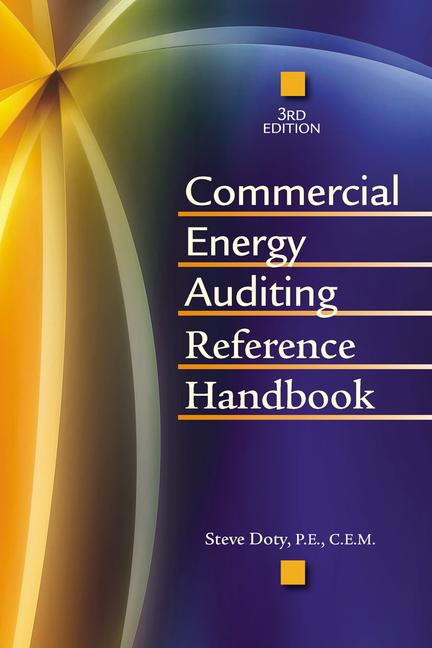Last month, I discussed how you need to look back before you can look ahead when implementing your energy audit assignment. This month, I want to discuss why you would want to complete an energy audit, beginning with the most obvious reason: to assess your facility, campus, and/or complex carbon footprint. This reason is particularly popular with colleges and universities that have made commitments to reduce their campus carbon footprint (e.g., 30% by 2014 benchmarked to 2006 energy consumption).
So far, I haven’t really seen a serious commitment to implementing an energy audit that would allow the specific college or university to truly achieve their carbon footprint goals (more on this next month). Instead, colleges and universities appear to ignore the building envelope and focus primarily on mechanical and electrical systems. I’m not sure why that is, because an audit of the building exterior is pretty inexpensive and easy to have done. On the other hand, retrofitting mechanical and electrical systems can be complex, costly, and take a fair amount of time to complete.
The FCI and You
Another reason to complete an energy audit is to assess the facility conditions better known as facility condition index (FCI). Here again, this is a popular college and university initiative, as opposed to health care and industrial facilities that don’t put a lot of emphasis on FCI. This type of audit is a combination of energy conservation and current operating conditions. From an energy audit assessment, there is the review of existing automatic control device conditions (damper linkage not functioning, dirty filters, etc.) via retro-commissioning of the systems. From an operating condition perspective, the assessment will look at piping connections (incorrect coil piping configuration, deteriorating coil frame, etc.).Another feature of this type of audit is to assess equipment reliability in the years to come. It is a proactive initiative to assess whether the facility management is in a reactive, managed care, or proactive maintenance posture. The FCI equation is “repair cost divided by replacement cost (e.g., $30,000 ÷ $60,000 = 0.5),” with a 0 to 1.0 benchmarking scale to help the facility manager make good business decisions on repair or replacement of equipment as well as forecast replacement plan/cost spread over the next five or 10 years. This FCI factoring, in sync with retro-commissioning the equipment’s automatic temperature controls, assists the facility manager in making energy management decisions as well as infrastructure master planning decisions.
When completing an energy audit, it is important to take into account the estimating of useful service life remaining for each piece of equipment. One can assume that antiquated equipment will not be operating at peak performance due to years of operating hour wear on bearings and linkage slippage, while corrosion can take its toll on cooling coils performance. These deteriorating conditions can affect peak energy performance as well as cooling towers
Leveling the Playing Field
Another reason for an energy audit of existing buildings is to “level the playing field” with the new more energy efficient buildings being built around these existing buildings. If an owner has multiple buildings and is in the process of building a new facility that will be LEED® certified for silver, gold, or platinum, then she should also assess existing operating conditions.Here, again, is another example of not seeing a serious commitment by colleges and universities to implementing an energy audit. The new building program will get a lot of attention and commitment by the administration to build a high-profile building, while right next door, the school has a building consuming two or three times the energy (Btuh/sq ft/yr) it should be using. So what’s the point of having one facility using half the energy it would ordinarily use while the neighboring building is consuming that “saved energy” plus additional wasted energy? I guess from the outside looking in, no one will really notice the energy hog as all eyes will be on the high-profile building.
A fourth reason for an energy audit is simply to look for opportunities to reduce utility bills. With a downturn economy, reducing operating cost is paramount to maintaining good facility management. I will routinely mention to people how I was around for the first energy crisis and when construction projects slowed down, energy conservation increased dramatically. In fact, that first crisis was the kickoff for many firm’s energy conservation groups. The majority of consulting firms in our area rolled out energy consulting services, while other individuals set out on their own to establish energy firms.
Reducing operating cost should be mandatory in a good economy as well as bad economy, because it just makes good business sense and it is important to the environment. So there you have four reasons for completing and energy audit, and based on the condition of our environment, if you haven’t initiated an energy audit at your facility, you need to get going.ES
For more online publications, visitwww.buildingsmartsoftware.com.



